Choosing the right fence for your yard is a big decision. It’s not just about aesthetics—it also plays a key role in defining your space, providing security, and adding value to your home. At Classy Caps, we know that a fence can completely transform your outdoor area, so we’ve put together this guide to help you choose the perfect one for your yard.
1. Determine Your Purpose
Before diving into materials and styles, think about why you’re installing a fence. Your goals will influence the type of fence that works best for you.
- Privacy: If your main priority is privacy, you’ll want a tall, solid fence that blocks the view from neighbors and passersby.
- Security: For homes with children or pets, or if you simply want to protect your property, a sturdy fence with a locking gate may be your best choice.
- Aesthetic Appeal: If you’re focused on curb appeal, a decorative fence that complements your home’s design can elevate your yard.
- Boundary Definition: Sometimes a simple fence is all that’s needed to define property lines or add structure to your garden or yard.
2. Choose the Right Material
Fences come in a variety of materials, each offering different benefits in terms of durability, maintenance, and cost.

Wood Fencing
- Best For: Privacy, aesthetic appeal
- Pros: Wood is a classic choice, offering a warm, natural look that can be customized with paint or stain. It’s ideal for tall privacy fences.
- Cons: Requires regular maintenance to prevent rot, warping, and weather damage. It may need staining or painting every few years.
- Cost: Moderate ($15-$30 per linear foot)
- Lifespan: 10-20 years (cedar)

Vinyl Fencing
- Best For: Low-maintenance, durability
- Pros: Vinyl fences are long-lasting, easy to clean, and resistant to weather, insects, and rot. They come in a variety of colors and styles.
- Cons: Higher upfront cost than wood. While durable, it may crack in extreme cold or fade over time.
- Cost: Higher initial investment, but lower long-term maintenance costs. (15$-40$) per linear foot
- Lifespan: 20-30 years

Aluminum Fencing
- Best For: Decorative, low-maintenance
- Pros: Aluminum fences offer an elegant look without blocking views, making them great for decorative use. They’re lightweight, rust-resistant, and virtually maintenance-free.
- Cons: Not ideal for privacy or high-security needs, as they tend to be shorter and have open gaps between bars.
- Cost: Moderate to high ($15-$45 per linear foot)
- Lifespan: 50 years

Chain Link Fencing
- Best For: Budget-friendly, security
- Pros: Chain link fences are affordable and effective for security. They’re low-maintenance and durable, making them popular for large yards or commercial properties.
- Cons: Lack privacy and aesthetic appeal, though they can be softened with plants or added slats.
- Cost: Budget-friendly ($9-$30 per linear foot)
- Lifespan: 20-30 years
3. Consider Height and Style
Once you’ve chosen a material, think about how tall your fence should be and what style suits your home. The height of your fence will depend largely on its purpose:
- Privacy fences: Typically 6-8 feet tall to block views.
- Decorative fences: Often around 3-4 feet tall to enhance curb appeal without obstructing the view.
- Security fences: Usually 5-6 feet tall to keep pets in and intruders out.
The style of fence you choose can make a big impact on the overall look of your yard. Picket fences are perfect for a cottage or traditional home, while horizontal wood slats or sleek aluminum offer a modern, minimalist feel.
4. Factor in Maintenance
Different fence materials come with varying levels of upkeep. If you prefer something low-maintenance, vinyl or aluminum may be your best bet, while wood fences will require more regular attention. Always consider how much time and effort you’re willing to put into maintaining your fence.
5. Set a Budget
Your budget will play a significant role in determining the type of fence you can afford. While it might be tempting to go for the most affordable option, keep in mind that cheaper materials often come with higher maintenance costs over time. It’s wise to think long-term when making your decision.
6. Installation
When choosing a fence for your yard, it’s important to consider the level of difficulty involved in installing different materials. This can drastically effect the end cost of a fence project. Looking to install your fence yourself? This is a fantastic way to save money - Lets compare the difficulty levels for installing wood, aluminum, vinyl, and chain link fences:
Wood Fencing
- Tools & Skill Level: Installing a wood fence requires a variety of tools, such as a post-hole digger, level, hammer, nails, and potentially a saw for cutting the wood to size. It also requires careful measurement and alignment of posts to ensure everything is level and even.
- Labor Intensity: Wood fences are labor-intensive to install because they involve digging deep post holes, setting posts in concrete, and individually securing each fence panel or board. Depending on the size and style of the fence, this process can take several days for DIYers.
- Custom Fit: Wood is customizable, which adds complexity if you need to cut the wood to fit a specific design or landscape feature.
Vinyl Fencing
- Tools & Skill Level: Vinyl fencing systems are typically designed to snap or lock into place, making them easier to install compared to wood. However, you still need basic tools like a post-hole digger, level, and screws or brackets for securing the fence posts.
- Pre-manufactured Panels: Vinyl fences often come in pre-manufactured panels, which makes installation quicker and easier since you don’t need to cut or customize the materials.
- Labor Intensity: While it involves digging post holes and setting posts, the lightweight nature of vinyl and its snap-together design make it less labor-intensive than wood fencing. Still, ensuring posts are properly aligned and level can be tricky.
Aluminum Fencing
- Tools & Skill Level: Aluminum fences are similar to vinyl in that they often come in pre-assembled panels, making installation more straightforward. Basic tools such as a post-hole digger, level, and screws or brackets are needed.
- Lightweight Material: The lightweight nature of aluminum makes it easier to handle and install compared to wood or chain link, though it still requires precision when setting posts and aligning the panels.
- Labor Intensity: Installing an aluminum fence is relatively simple and quick due to the pre-made panels. Setting the posts in concrete is the most labor-intensive part of the process.
Chain Link Fencing
- Tools & Skill Level: Installing a chain link fence is one of the easiest fencing options. It requires basic tools like a post-hole digger, tension wire, a wrench, and pliers. No cutting or specialized skills are needed.
- Pre-fabricated Rolls: Chain link fencing comes in rolls that are unrolled and attached to posts, making it quick to install.
- Labor Intensity: While digging and setting the posts can be labor-intensive, attaching the chain link mesh is relatively easy and doesn’t require much precision.
| Fence Type | Installation Difficulty | Maintenance Difficulty | Labor Intensity |
|---|---|---|---|
| Wood | Moderate to Hard | Moderate to Hard | Labor-intensive |
| Vinyl | Easy to Moderate | Easy | Less labor-intensive |
| Aluminum | Easy to Moderate | Easy | Less labor-intensive |
| Chain Link | Easy | Easy | Least labor-intensive |
7. Don’t Forget About Lighting!
Once your fence is installed, consider adding some lighting to enhance its appearance and functionality. Classy Caps' Solar Post Caps are a great way to illuminate your fence at night, creating a warm, inviting glow that also increases safety. Solar lighting is eco-friendly and easy to install, making it a perfect final touch for any fence.
- Solar Post Cap Lighting for wood fencing
- Solar Post Cap Lighting for vinyl fencing
- Solar Post Cap Lighting for aluminum fencing
- Solar Post Cap Lighting for chain-link fencing
Final Thoughts
- Wood is a more involved project requiring skill and regular maintenance.
- Vinyl and aluminum fences are easier to install and maintain, with vinyl being slightly more work initially but minimal over time.
- Chain link is the easiest to install and maintain but may lack the visual appeal of other options.
If you’re looking for a DIY-friendly fence that requires little maintenance, vinyl or aluminum might be your best choice. For homeowners who prioritize privacy or a natural look, wood offers the most versatility but with a higher level of effort.
Choosing the right fence for your yard involves balancing practicality, aesthetics, and budget. Whether you want privacy, security, or simply to enhance the look of your home, there’s a fence that fits your needs. Take your time to research your options, and don’t forget to consider how a few solar lights from Classy Caps can take your new fence to the next level!



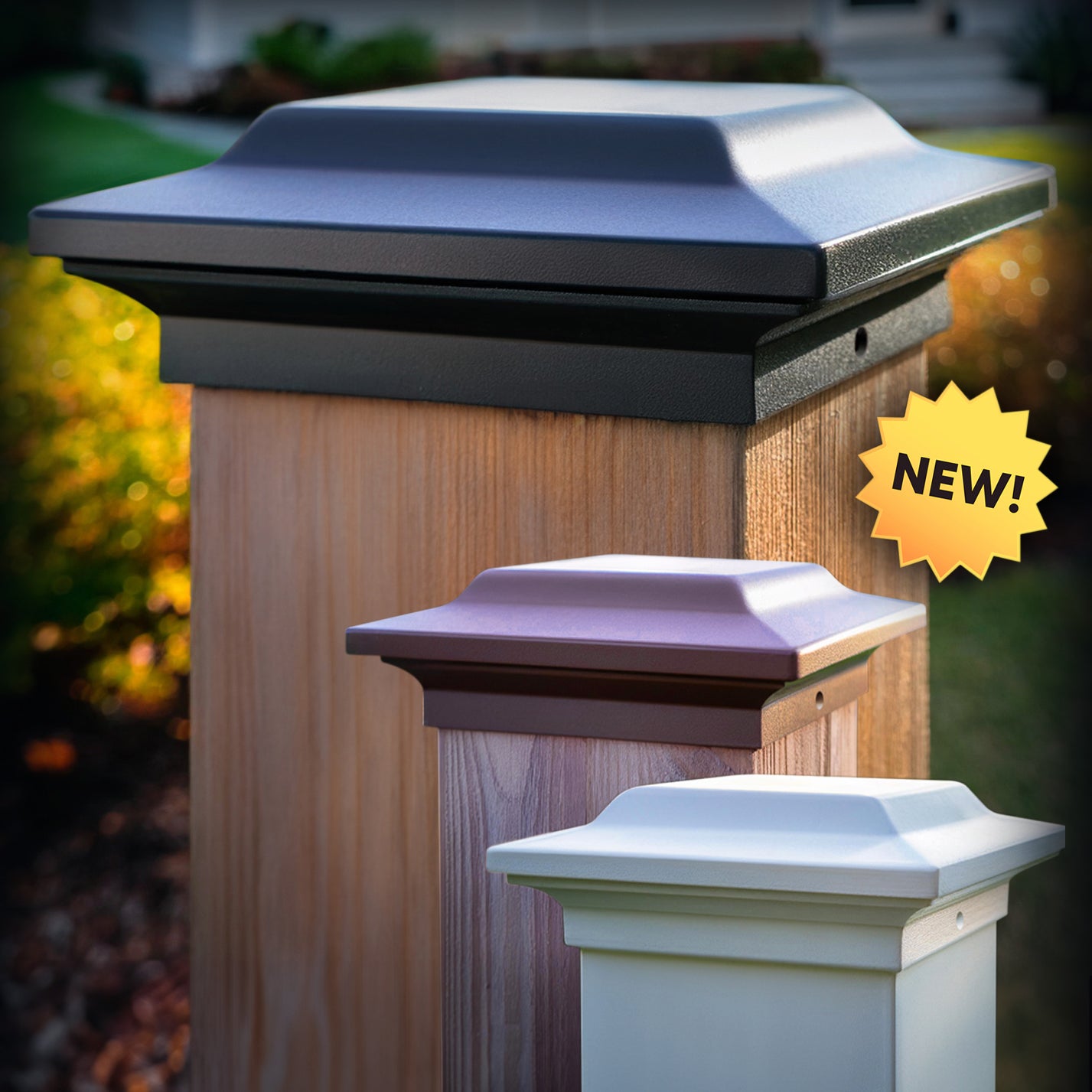


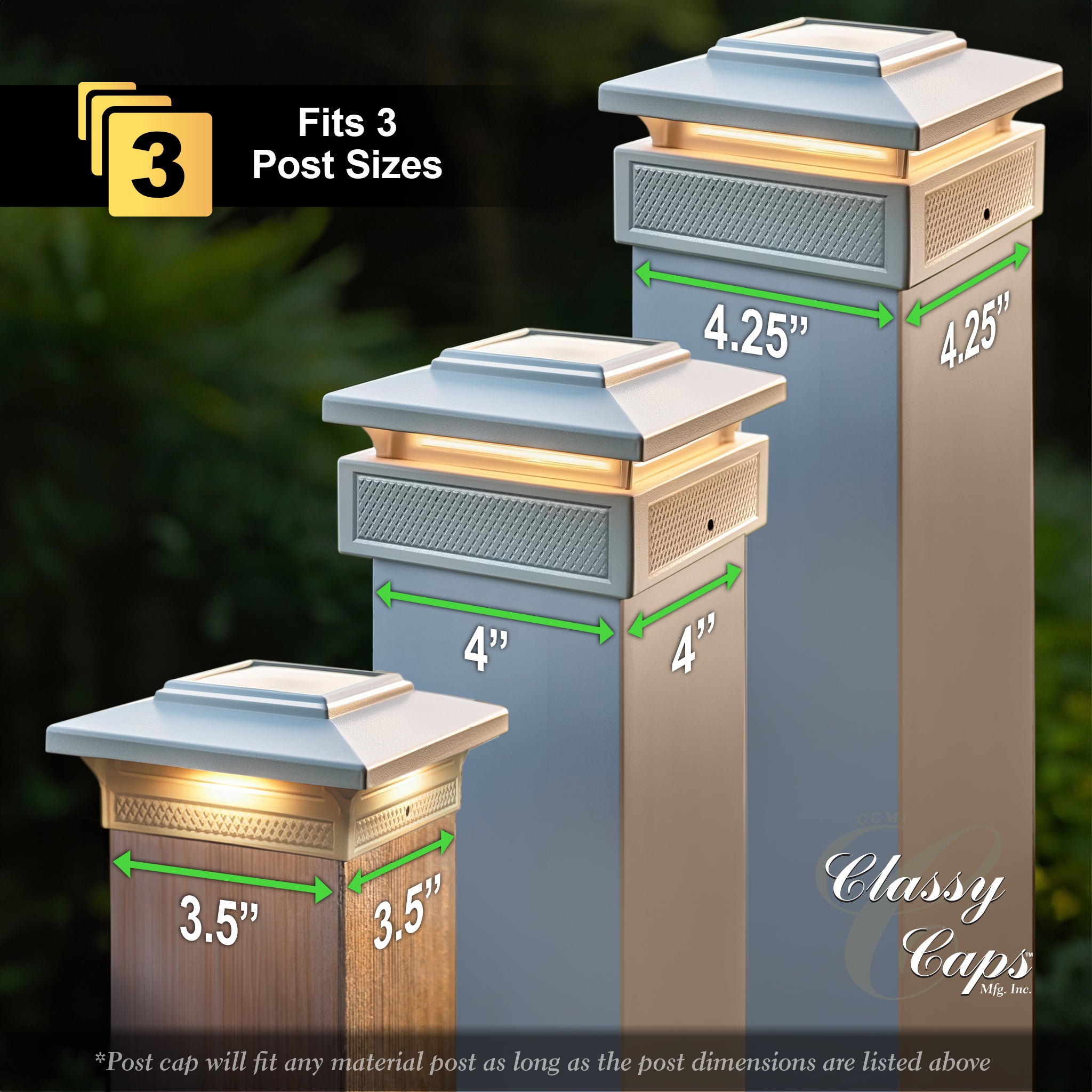
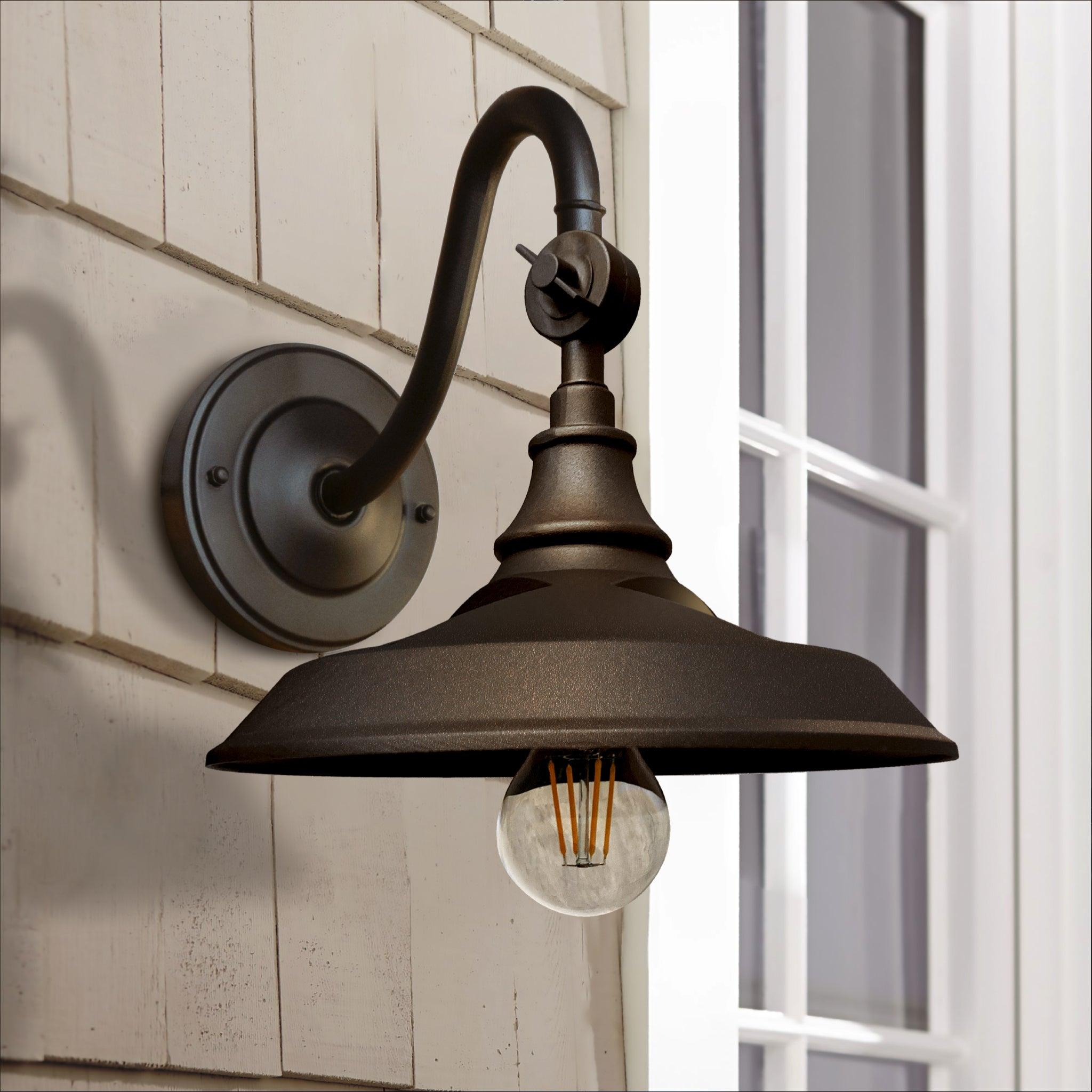
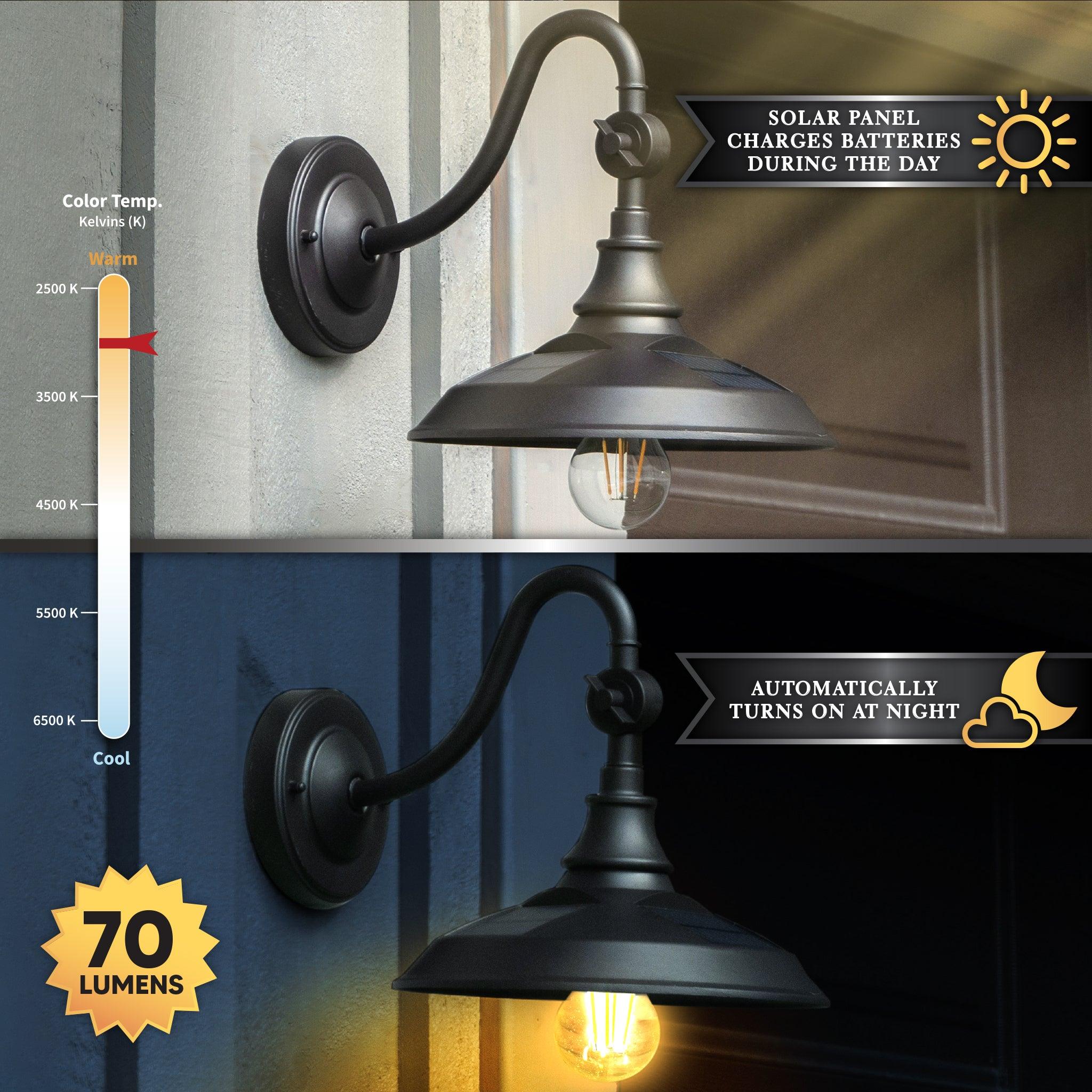


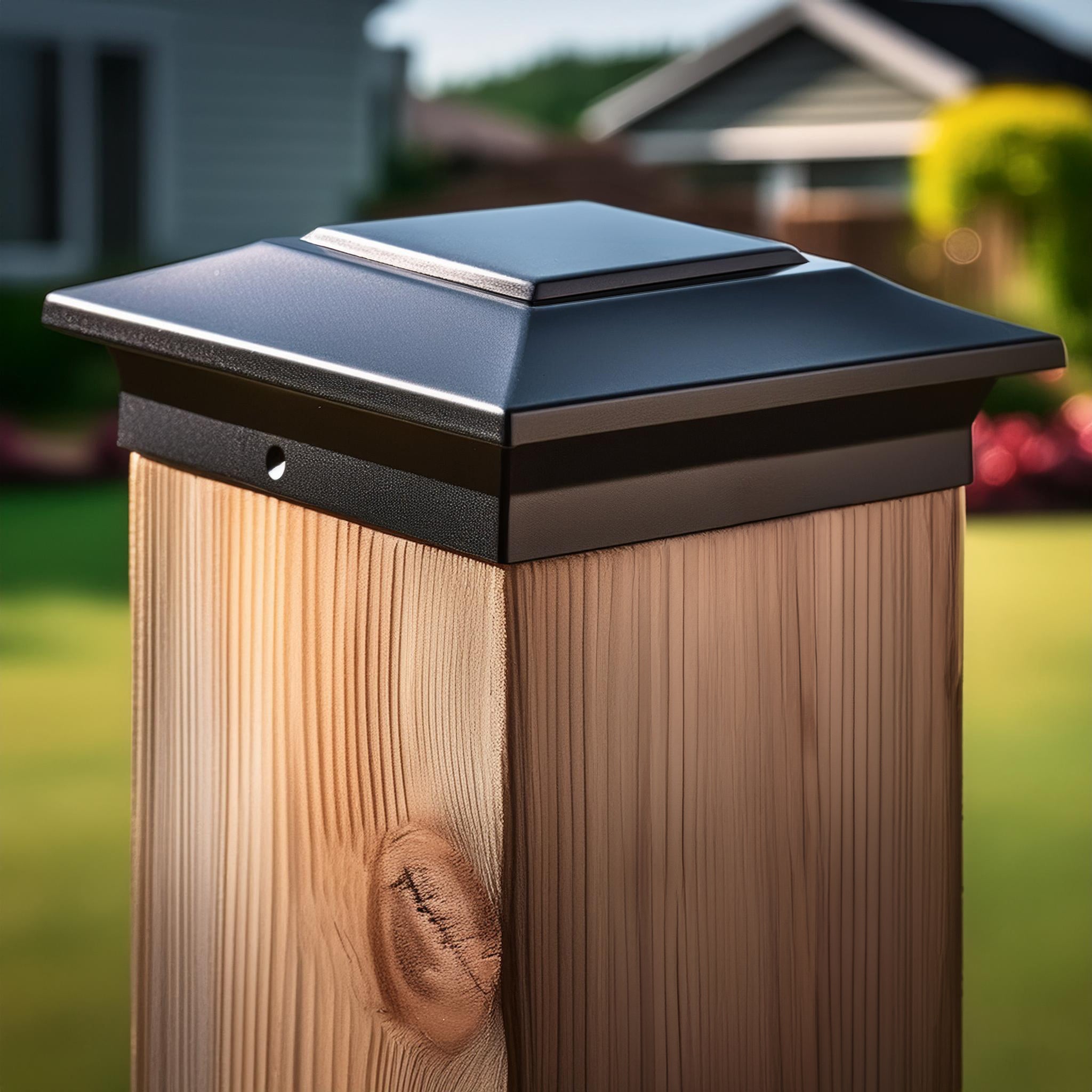





7 comments
Concrete Company Surprise
Great article! We really appreciate how clearly you explained the different fence options and what to consider before choosing one. It’s helpful for homeowners planning upgrades. As a concrete company Surprise residents trust, we value guides like this that help people make smart choices for their outdoor spaces. For more info https://www.surpriseconcretecontractor.com/
Concrete Driveway Athens
Thanks for sharing this helpful guide! We really liked how you explained the different fence options and their pros and cons. It gave us new ideas for outdoor projects. We apply the same care and planning when building every concrete driveway in Athens to match each home’s style. For more info https://www.athensgaconcretecontractor.com/concrete-driveways.html
Concrete Driveway Cedar City
Thanks for sharing such a detailed guide! We really learned a lot about how different fence materials can fit various needs and budgets. While our main work focuses on building quality projects like concrete driveway Cedar City installations, we always enjoy reading helpful tips that improve outdoor spaces like this. For more info https://www.cedarcityconcretecontractor.com/concrete-driveways.html
Concrete Driveway Lawrenceville
Great article! We really enjoyed how you explained each fence type so clearly—it makes choosing the right one much easier. We handle concrete driveway Lawrenceville projects, so we know how important it is to match design with function. Thanks for sharing helpful tips homeowners can truly use! For more info https://www.lawrencevilleconcrete.com/concrete-driveways.html
Concrete Patio Goodyear
This was such a helpful guide! We appreciate how you explained the pros and cons of each fence type so clearly. As a concrete patio Goodyear team, we know how the right materials can truly change an outdoor space. Your tips make choosing the right fence so much easier—thank you! For more info https://www.goodyearazconcretecontractor.com/concrete-patios.html
Leave a comment
This site is protected by hCaptcha and the hCaptcha Privacy Policy and Terms of Service apply.